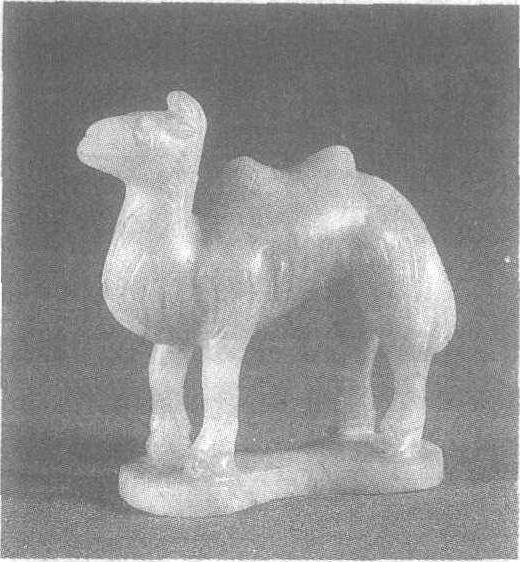玉骆驼
唐。高5.9厘米,长5.7厘米。天津市艺术博物馆藏。黄玉较为少见,而这件精巧的骆驼恰是以黄玉琢制而成。玉质温润。骆驼呈站立状,四足踏于银锭形踏板之上,头为三角形,双耳抿于脑两侧,昂首视前方,双驼峰高高地耸起,颈腹等部位的鬃毛以形象的阴线装饰。刀工娴熟,形象真实自然。

| 词条 | 玉骆驼 |
| 类别 | 中文百科知识 |
| 释义 | 玉骆驼唐。高5.9厘米,长5.7厘米。天津市艺术博物馆藏。黄玉较为少见,而这件精巧的骆驼恰是以黄玉琢制而成。玉质温润。骆驼呈站立状,四足踏于银锭形踏板之上,头为三角形,双耳抿于脑两侧,昂首视前方,双驼峰高高地耸起,颈腹等部位的鬃毛以形象的阴线装饰。刀工娴熟,形象真实自然。
|
| 随便看 |
开放百科全书收录579518条英语、德语、日语等多语种百科知识,基本涵盖了大多数领域的百科知识,是一部内容自由、开放的电子版国际百科全书。